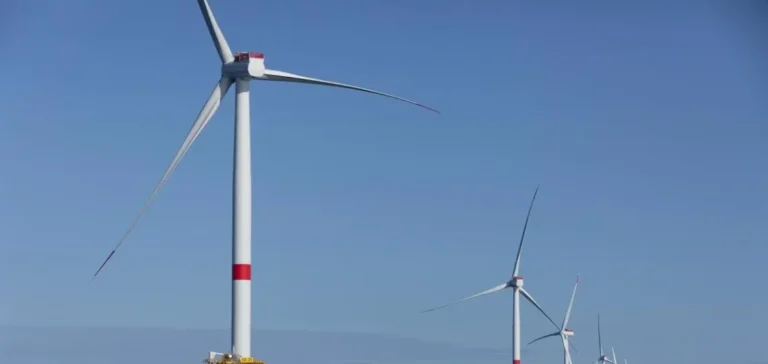The Australian subsidiary of the Spanish energy group Iberdrola recently secured essential approval from Australia’s offshore infrastructure regulator, the Offshore Infrastructure Regulator (OIR), enabling the official start of metocean studies at the site of its future offshore wind farm named Aurora Green. Located over 25 kilometres offshore from Ninety Mile Beach, in the Gippsland region of the Australian state of Victoria, the project has a maximum planned capacity of 3 gigawatts (GW). According to Iberdrola Australia, the studies will involve deploying specialised equipment to gather necessary data on wind, wave, and oceanographic conditions. The technical operations are expected to begin by mid to late July, depending on weather conditions.
Equipment and technical objectives
To conduct these studies, Iberdrola Australia will install a Floating Light Detection and Ranging (FLiDAR) buoy for remote laser wind measurement, along with a wave measurement buoy and a seabed frame. These instruments will collect accurate and continuous data on local weather and oceanographic conditions, critical to the final design of the wind farm. The obtained results will help optimise the layout and technical design of turbines and associated infrastructure for the Aurora Green project.
The offshore wind farm is expected to include up to 150 offshore wind turbines, reaching a total planned capacity of 3GW once fully operational. At full capacity, Aurora Green will generate enough electricity to meet the energy needs of approximately 2.2 million Australian homes. This figure indicates the project’s scale and its potential significance within Australia’s regional and national electricity grid.
Development timeline
Subject to further regulatory and environmental approvals, Iberdrola anticipates commissioning Aurora Green in multiple phases. The project’s initial phase foresees a capacity of approximately 1GW, with commissioning currently projected around 2032. Subsequent phases will gradually complete the total planned 3GW capacity, depending on the approval and construction schedule to be established.
This development occurs as Australia continues to diversify its energy portfolio through a significant expansion of offshore wind capacities. The country recently granted several licenses for such projects, underscoring growing private sector interest in this class of energy assets. Iberdrola Australia is now one of Australia’s leading offshore wind developers with the Aurora Green project, joining other recently launched Australian projects by national and international actors.
A crucial preparatory phase
The recent approval granted by the OIR represents only a preliminary, though fundamental step in what remains a lengthy regulatory and technical process. The project must still undergo several key stages before construction can begin, including detailed environmental impact studies and public approval procedures.
Depending on results obtained from upcoming metocean studies, Iberdrola will refine the project’s planned schedule and adjust the technical strategy of Aurora Green. These initial studies will enable the developer to definitively validate the technical and economic feasibility of the selected site for this major project off the Victorian coast.






















